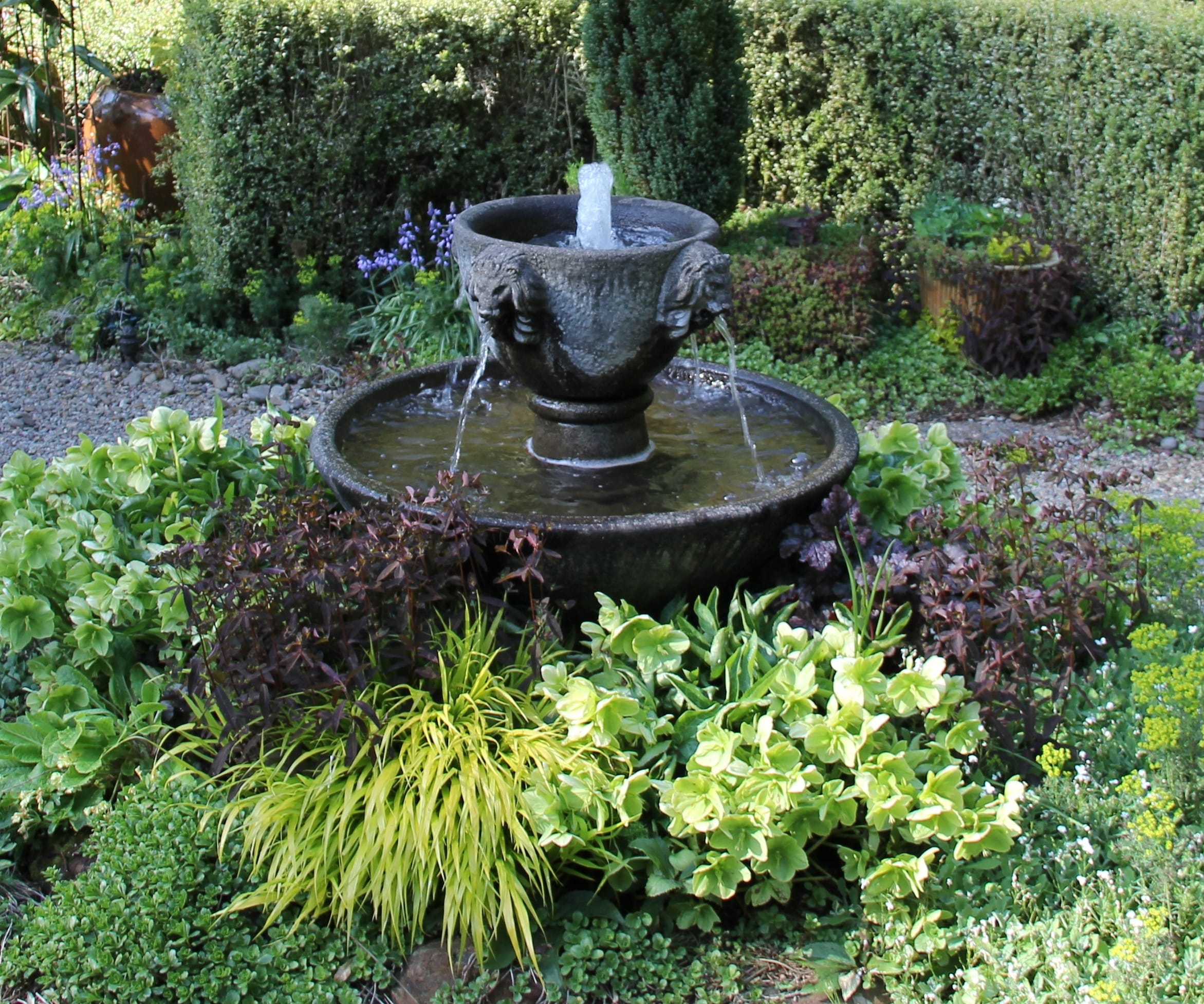Everywhere I go, there is talk of spring, yet I find myself inside looking out more than outside working in the garden. If I remember correctly, I’ve employed this approach to the season before, reveling in the rites of spring while putting off the task of daily garden maintenance. I know what I have to do and I will ultimately do the work that needs to be done. Just give me a few more days to get started.
Sometimes I blame my spring hesitancy on our complicated Northwest weather patterns. Until there is more than one day of sunshine between weeks of heavy rains and gray skies, I have a problem getting motivated. The key to getting me back out in the garden is a long, warm and sunny weekend, preferably one that extends from Friday through Monday. When that happens, I’m sure I will get back in the swing of things.
I consider taking the time to look out a window and into the garden part of my spring preparation. From inside the house, I have the perfect vantage point to contemplate the possibilities. If I work my way visually from the front porch out into the open garden, I have a better idea of the steps I need to take to get my spring to-do list done. For me, this is an essential step towards doing a seasonal inventory.
In my own defense, I have spent a couple of days in the garden working one or two hours at a time. My work so far has been specific, cleaning up the areas immediately surrounding the house itself. I trimmed back the evergreen clematis snowdrift, so that its vining habit is concentrated on the shape of the high metal arches leading into the garden entry and toward the front door. This in itself highlights a major focal point in the entry garden.
In the courtyard area, I cut back the spent, grass-like foliage of the Golden Japanese Forest grass. All ornamental grasses should be cut down to within a few inches of the ground before new spring growth begins. Their best feature is the graceful fountain of new growth catching the backlight of morning sunrise or evening sunset. The Golden Hakone grass sways in the slightest breeze, reminiscent of a flowing grass skirt in a Hawaiian hula dance.
From the kitchen window, I look directly out on the entry garden. I have had many a daydream from this viewpoint. The base of the central lion’s head fountain is surrounded by a flurry of buttercream hellebores. Mixed in between are the cheerful yellow flower heads of the classic hose-in-hose primroses. The burgundy-red stems and leaves of euphorbia x martinii add dramatic contrast. The euphorbia’s chartreuse, flower-like bracts with red centers will complete the emerging spring color show.
As much as I love my hellebores, they invariably need to have their foliage cut back, sometime between winter and spring. The hellebore’s winter leaves have a habit of developing black spots and streaks from winter rain and frost. They often need to be cut completely back to the ground but the old greenery will be replaced with shiny new leaves. Many have showy spring foliage with silver veining or are mottled with creamy white highlights.
Winter-flowering heathers need to be sheared after flowering. Use hedge trimmers and cut the entire shrub back just far enough to take off the spent flower heads. This will give the heather a neat, compact shape while it eliminates the messy look of dead blooms. This spring haircut also prevents the heather from dying out in the middle. Most pruning mistakes will cover themselves up after a season of good growth.
It’s only natural to need to refresh your memory before tackling a job that you do infrequently. If you have a large yard with a variety of trees and shrubs, or if you are particularly interested in the art of pruning, I highly recommend that you buy your own basic pruning book to keep on hand.
Make this review a part of your pruning habit before each outing and only deal with the type of pruning needed in the current season.
Without a doubt, having diagrams and photographs to look at before you tackle each type of pruning job will lift both your confidence and competence level. Ask a gardening friend to help if you’re not quite sure. The problem with spring maintenance is if you wait too long, the to-do list can become overwhelming. I’m actually more productive when under pressure. With spring’s arrival, the pressure is on.
Robb Rosser is a WSU-certified master gardener. Reach him at Write2Robb@aol.com.



